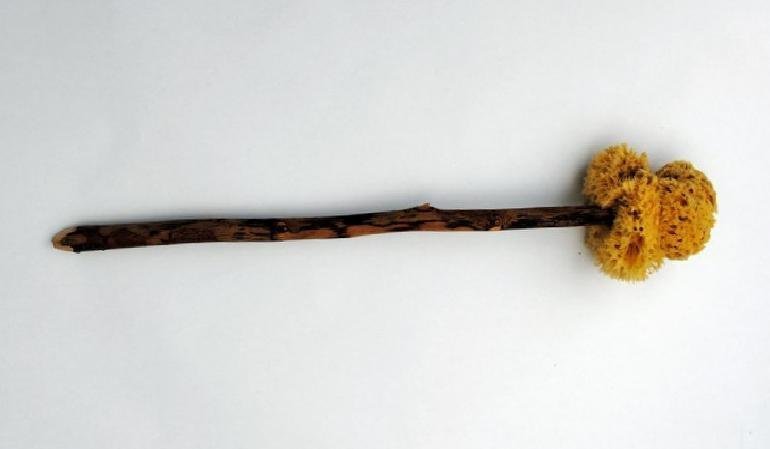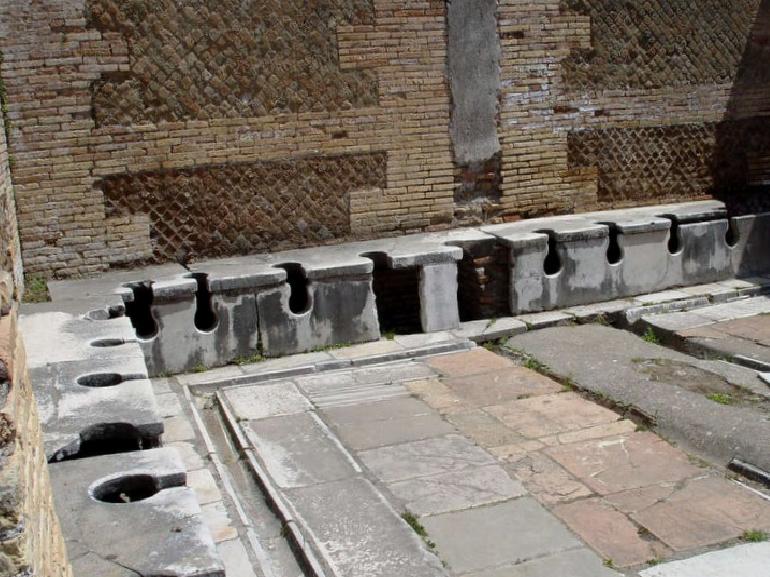One of the first things we learn as children is that everyone needs a toilet. However, people may have different ways of coping with this situation. Toilet paper, bidets and similar systems are used in many parts of the world, and even in Japan, things can get so high-tech and complex that the washing and cleaning routine comes with its own instruction manual.
The common point of all these methods is that they use technology. You may not think of paper as a technology, but it is important to remember that paper did not reach Europe and America for a very long time.

Even in China, where it was invented almost two thousand years ago, and in the Islamic world, which soon adopted it, people were generally not in the habit of using paper for post-toilet cleaning. Until 1857, there was no toilet paper for its purpose in the world.
What did people use before paper?
While the need for a toilet is universal, historically cleaning methods have varied for a number of reasons, including local customs, social hierarchies, and even climate.
In China, for example, those at the top of the social ranking used toilet paper as early as the sixth century AD, while those at the bottom of the rankings used spatula-like bamboo sticks for personal hygiene needs.

The method used in Rome is called the tersorium. Among other names for this system, it can be called xylospongium or, in modern language, “sponge attached to a stick”. It is also worth noting that this is shared with other people.
In the middle of the toilets without any separating walls, for those who did not use the sponge attached to the stick, which was waiting in vinegar or salt water between uses, Pessoi, which means “pebbles”, was in play. This was another preferred option for Ancient Greeks and Romans who needed a quick wipe.